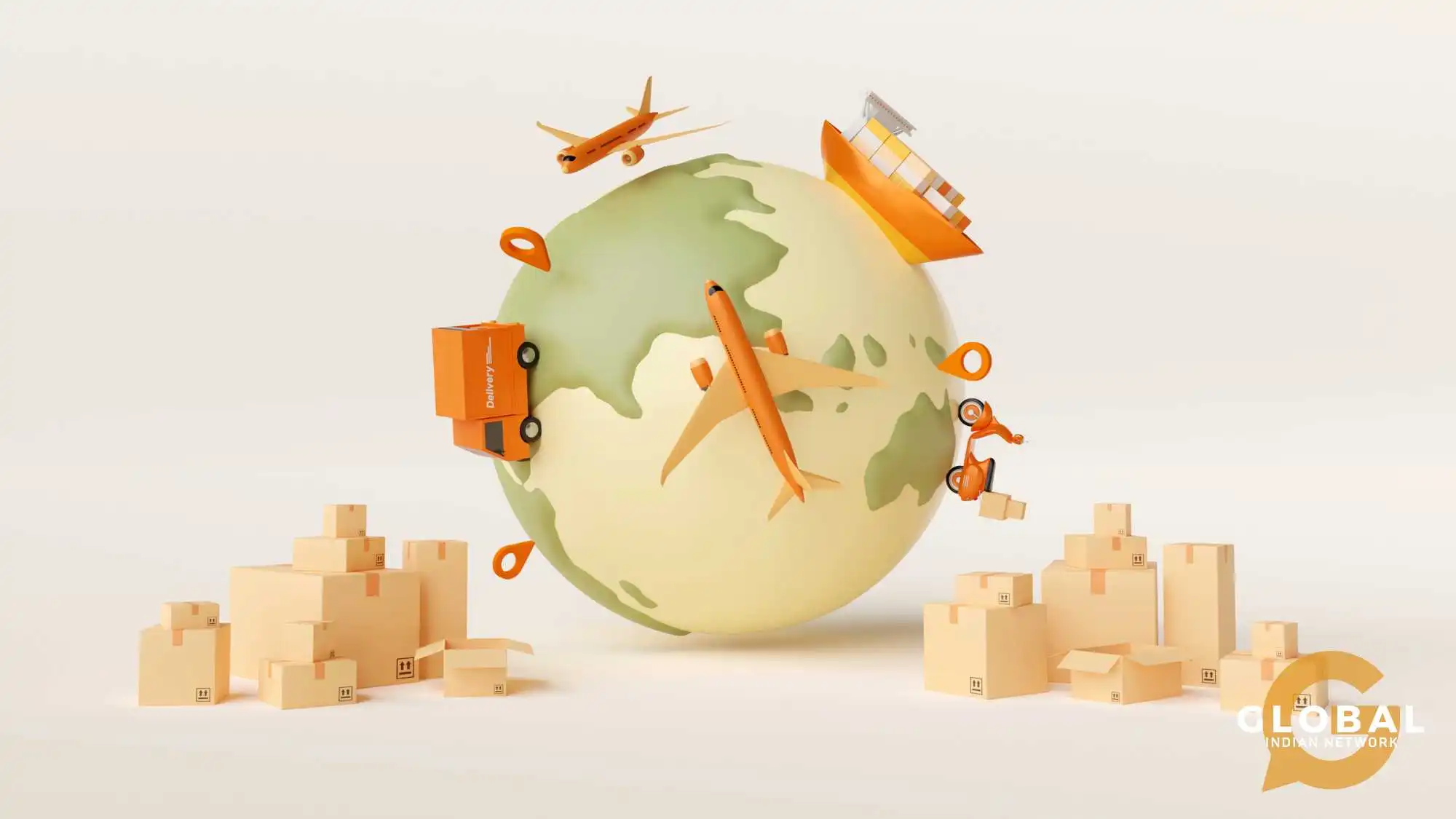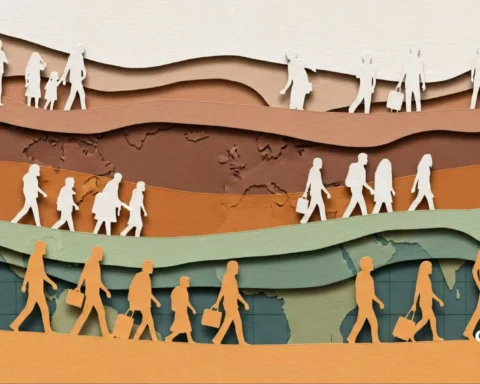In the ever-evolving world of logistics, understanding the nuances between forward and reverse logistics is crucial for businesses aiming to optimize their supply chain processes. Whether you’re new to the field or looking to refine your logistics strategy, this guide will provide a comprehensive overview of forward and reverse logistics, highlighting their importance, processes, and best practices.
Table of Contents
What is Forward Logistics?
Forward logistics refers to the traditional flow of goods from manufacturers to consumers. It encompasses the entire supply chain management process, starting from sourcing raw materials, manufacturing, and transportation to warehousing, distribution, and delivery to the end consumer. The primary objective of forward logistics is to ensure that products reach customers efficiently, cost-effectively, and on time.
This involves meticulous planning, inventory management, and coordination among various stakeholders to meet consumer demand and enhance customer satisfaction. Efficient forward logistics can significantly reduce lead times, minimize costs, and improve overall supply chain efficiency.
YOU MIGHT BE INTERESTED IN: Is Slovenia the Emerging Logistics Goldmine in 2024? Insights from Natasa Pogacnik
What is Reverse Logistics?
Reverse logistics, on the other hand, deals with the reverse flow of products from consumers to manufacturers or disposal points. It involves activities such as product returns, returns management, recycling, refurbishment, and disposal of products. The main goal of reverse logistics is to recapture value from returned or end-of-life products and ensure their proper disposal in an environmentally sustainable manner, completing the product life cycle. It also involves the return of products due to damage, defects, restocks, or excessive inventory.
Reverse logistics processes are crucial for maintaining customer satisfaction, reducing waste, and complying with environmental regulations. Effective reverse logistics can help businesses minimize losses, recover valuable materials, and enhance their brand reputation by demonstrating a commitment to sustainability and customer experience.
Key Differences Between Forward and Reverse Logistics
Forward and reverse logistics differ significantly in their objectives, processes, and challenges. Forward logistics focuses on delivering new products to consumers, driven by customer demand and market forecasts. It involves linear and predictable processes aimed at adding value to products as they move through the supply chain.
In contrast, reverse logistics is driven by the need to manage returned products, which can be unpredictable and vary in volume and condition. The value of products typically decreases as they move backwards through the supply chain, requiring efficient sorting, inspection, and processing to maximize recovery and minimize costs. Additionally, while forward logistics emphasizes speed and efficiency, reverse logistics often prioritizes sustainability and cost recovery.
The Importance of Efficient Logistics Management
Efficient logistics management, encompassing both forward and reverse logistics, is essential for businesses to thrive in today’s competitive market. It ensures that products are delivered to customers in a timely and cost-effective manner while also managing returns and end-of-life products responsibly. Efficient logistics can lead to significant cost savings, improved customer satisfaction, and enhanced sustainability. By optimizing both forward and reverse logistics processes, businesses can achieve a balanced and resilient supply chain that adapts to changing market conditions and consumer expectations.
Strategies for Optimizing Forward Logistics
To optimize forward logistics, businesses should focus on several key strategies. First, leveraging technology such as inventory management systems, warehouse management software, and transportation management systems can enhance visibility and control over the entire supply chain. These tools enable businesses to monitor inventory levels, streamline order fulfilment, optimize transportation routes, reduce costs, and lower lead times.
Second, collaboration with reliable third-party logistics providers can offer specialized expertise and resources to handle complex logistics operations, ensuring efficient and accurate deliveries. Additionally, businesses should implement data-driven demand forecasting and planning to align production and distribution with consumer demand, minimizing stockouts and excess inventory.
Strategies for Optimizing Reverse Logistics
Reverse logistics management requires different strategies focused on handling returns efficiently and sustainably. Implementing a robust returns management system can streamline the returns process, from customer returns authorization to inspection, sorting, and disposition. This system can integrate with existing supply chain software to provide real-time data and insights, enabling businesses to make informed decisions about returns handling.
Additionally, businesses should develop clear and customer-friendly returns policies, offering multiple return options and flexible return windows to enhance customer satisfaction and loyalty. Emphasizing sustainability in reverse logistics, such as thorough recycling programs, refurbishment, and eco-friendly disposal methods, can also improve brand reputation and reduce environmental impact. Collaboration with specialized partners for repair, refurbishment, and recycling can further enhance the efficiency and effectiveness of reverse logistics operations.
ALSO READ: How Digital Technologies in Logistics Can Give Your Business an Edge
Conclusion
Understanding and effectively managing both forward and reverse logistics are critical for businesses seeking to optimize their supply chain operations. Forward logistics focuses on delivering products to consumers efficiently, while reverse logistics handles the return and disposal of products sustainably.
By implementing strategies to optimize both forward and reverse logistics, businesses can achieve significant cost savings, improve customer satisfaction, and enhance their sustainability efforts. A well-balanced and resilient logistics system in a rapidly changing market can provide a competitive edge and drive long-term success.
FAQs
What is an example of a Reverse Logistics Product?
An example of a reverse logistics product could be a returned smartphone. These devices are collected from customers, inspected for functionality, refurbished if necessary, and then either resold as refurbished products or recycled to recover valuable materials. This process helps reduce electronic waste and recapture value from returned goods.
What is an example of Forward Logistics?
Forward logistics is the distribution of goods from a manufacturer to a retailer. For instance, when a clothing company ships its products from its production facilities to various retail stores or warehouses for eventual sale to consumers, it involves forward logistics. This process includes all activities related to the movement and storage of goods from the point of origin to the point of consumption, ensuring efficient delivery and availability of products to meet consumer demand.
What is the Difference between Forward and Reverse Logistics?
Forward logistics involves the movement of goods from the point of origin to the point of consumption, focusing on delivering products to customers efficiently. In contrast, reverse logistics deals with the process of handling returned, damaged, or unused goods, focusing on activities like product returns, recycling, or disposal.









